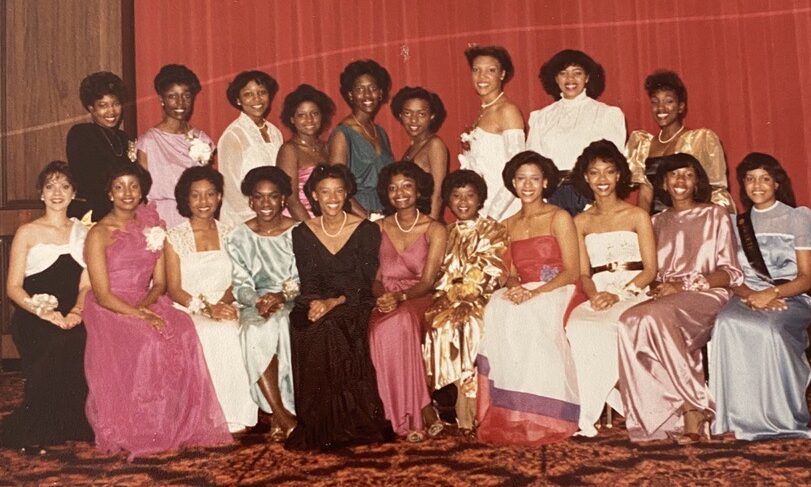
Unearthing the Histories of Black Women in Higher Education
One of the most intriguing bits of history I’ve encountered during this project is the relationships between Black and white fraternities. The first Black Greek-letter organization on campus was none other than the Delta Xi Chapter of Alpha Kappa Alpha Sorority Inc. On May 16, 1959, Delta Xi charter members Alnita F. Rettig, Jerry Ann Cannon, Barbara Caruthers, Evelyn Deason, Donna Licia Guess, Mamie Flora Hans, Miriam Jean Jones, Bettye Joanne McAdams, Carolyn Nan Mims, Doris Price, Mary Simpson, Walta Marie Smith, Janice Strickland, Gloria D. Truscott, and Mabel Joyce Wilson officially integrated Greek organizations at the University of Texas.
Despite this progress, integration did not prevent harassment of Black students by other organizations. Stories of white fraternities remaining off-campus in an attempt to exclude other demographics from joining their organization was one of many loopholes utilized after all on-campus organizations were required to integrate in 1961. To get a better understanding of the ever-evolving socio-political climate of UT Austin, be sure to check out our digital archive containing photographs, oral history interviews, and transcripts of the Delta Xi Chapter.
More discoveries on the Delta Xi Chapter include changes in the values and purpose of the organization itself. The chapter was founded “to cultivate and encourage high scholastic and ethical standards” and as a means to prepare Black female students for professional spaces. While the original aims of Alpha Kappa Alpha Sorority Inc. have continued to remain the same, the adoption of the “mirror pose”, a well-known pose performed during “strolling” showcases in the 1990s and onward, has been interpreted by members as an increased focus on beauty-centric standards. There are mixed opinions both within the chapter and among the “Divine Nine” regarding the image expectations of how an Alpha Kappa Alpha woman presents herself.
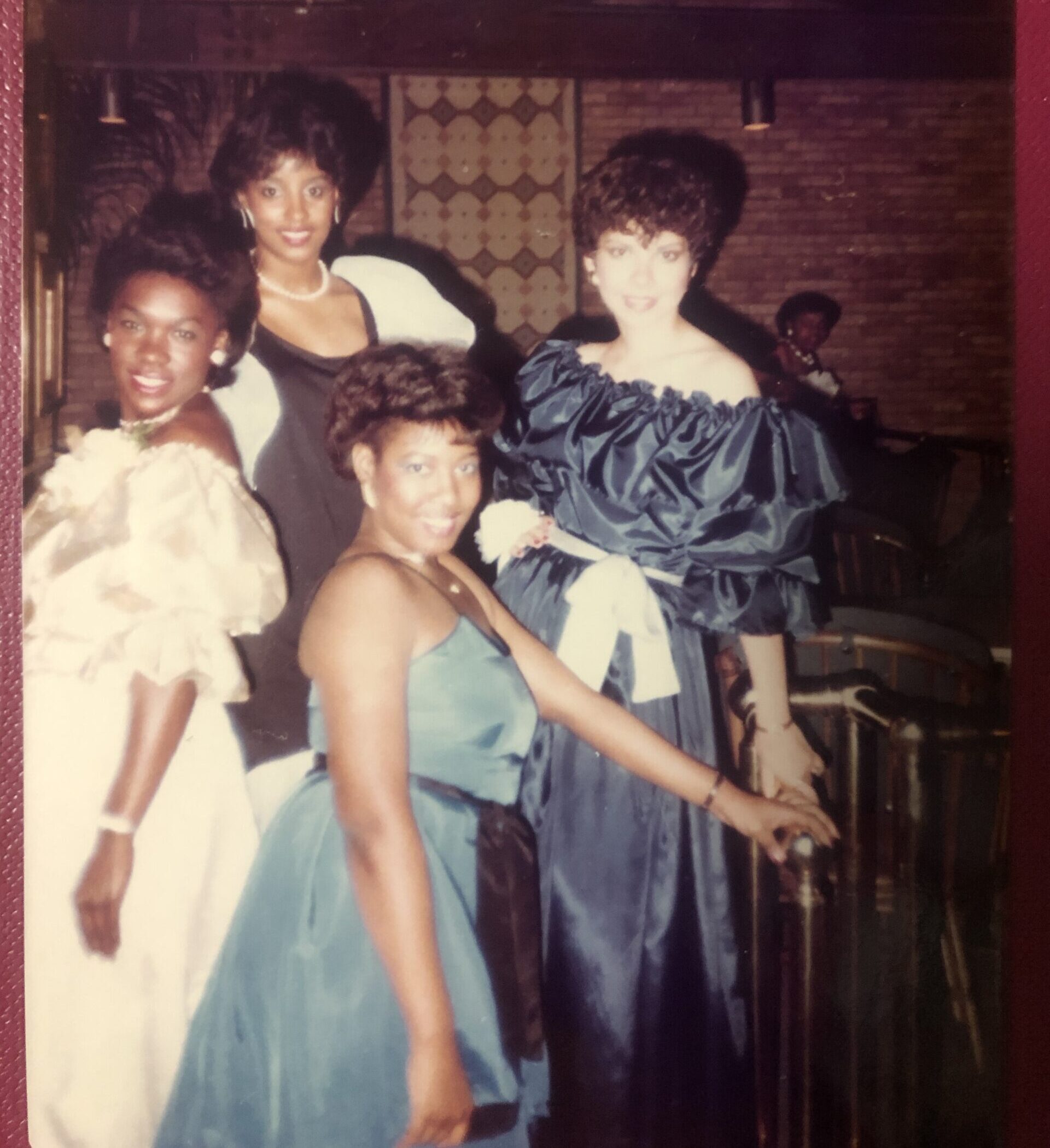
At the beginning of this project, I thought it would be quite intriguing to map where Black students lived in and around campus over time. I’ve discovered that Black students weren’t allowed to live on campus during the first decade of integration. Students had to stay on the east side of the interstate highway in apartments or commute to campus in order to attend. Gradually, Black students were allowed to occupy the Jester Center and Kinsolving Dormitories, which was integrated by a chosen Alpha Kappa Alpha woman, who roomed alone. After the Daily Texan voiced concerns over inadequate and segregated dorm situations in 1961, protests continued until a lawsuit against the university in 1964 allowed for total dorm integration. Almetris Duren, the dorm mother for Almetris Co-op, was a prominent figure in the lives of many Delta Xi members and Black students at The University of Texas at Austin. Her influence is so far-reaching that a Duren Residence Hall was named in her honor. Read more about Almetris Duren in the Texarkana Gazette or Duren Paper, accessible through the Briscoe Center for American History. (Link:https://www.texarkanagazette.com/news/features/story/2018/oct/20/overcoming-documentary-tells-important-texas-tale/748716/)
Notes on Oral History and Discoveries Along the Way
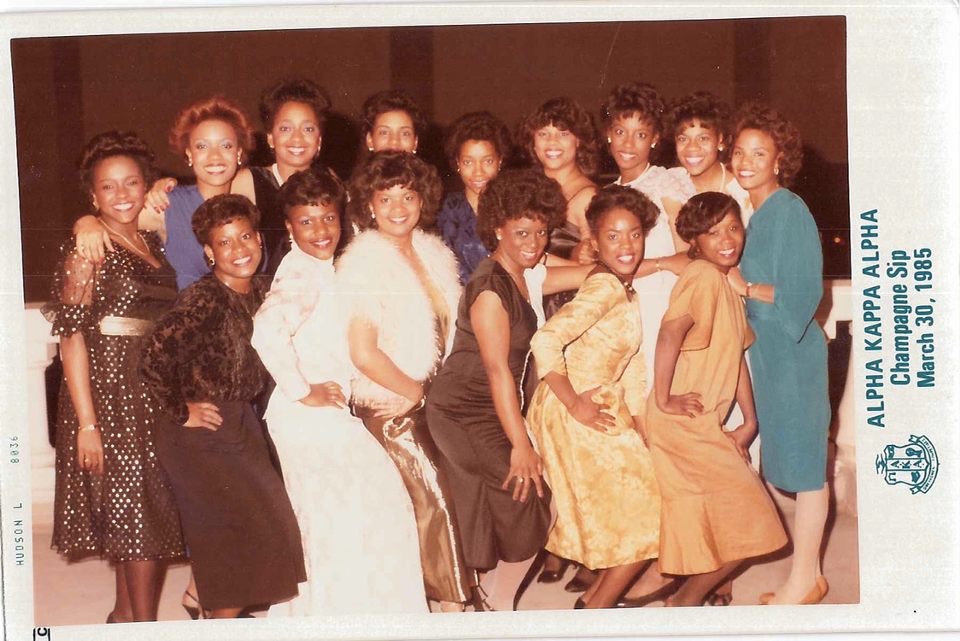
Time consciousness, memory, subjectivity, explanation, and interpretation are some of the challenges that prevent oral history curation from achieving a concrete picture of the past. To minimize confusion and add structure to the Delta Xi interviews, we devised a template with specific, open-ended questions. The questions revolved around experiences with social life on campus, community service, personal motivations to join the organization, and the legacy of Alpha Kappa Alpha Sorority Inc. The scope of the questions was limited to high school, senior year, college, and occasionally beyond. The flexible nature of the interview questions allowed for a diverse set of narratives to surface.
Despite the challenges of extracting histories dating back at least forty years ago and that are continuing to unfold, I’ve been able to make comparisons depending on the decade each participant pledged and their overall perceptions of racial inclusion at the University of Texas. Participants that pledged the Delta Xi Chapter in the 1960s viewed joining a Black sorority as a means of survival in a challenging socio-political atmosphere, freshly recovering from outdated ideas regarding Black women in higher education. Conversely, members who joined in the 1970s and 1980s saw joining a Black sorority as an elective, yet all participants have found that they joined Alpha Kappa Alpha to find women just like them in a university whose Black student population is still only 4 percent. The need for Black female students to have social connections, community encouragement, role models, and valuable networking opportunities is precisely why Delta Xi women continue to positively impact UT Austin. To stay up to date with the Delta Xi Chapter, I encourage you to check out their social media: @Texas_AKAs.
August’s Honorable Members, Mentions, and Findings
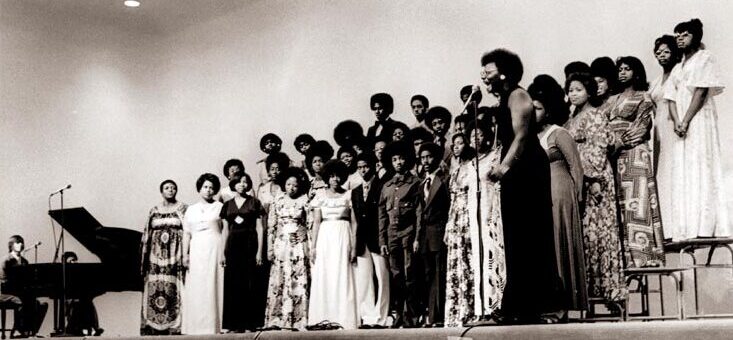
DeMetris Sampson: Innervisions of Blackness
The Delta Xi Chapter has also had its influence in fine arts on campus. DeMetris Sampson, founder of the choral group Innervisions of Blackness and its first president, created the organization with the purpose of “educating, representing and exemplifying the soul of Black students through the scope of music.” Sampson was advised by Almetris Duren, a highly influential historical figure at UT Austin, to make the group official in 1974. Contrary to the rumor that Duren founded the group, Sampson (first president), Rene Hight (Delta Xi member, vice president, and pianist), Vanessa Ferguson (vice president), and Butler School of Music doctoral student Irlene Swain (director) were the first to spearhead the organization. Be sure to check out DeMetris Sampson’s inspiring Interview as soon as the Delta Xi Oral History Collection is live to find out more about Innervisions of Blackness.
Mama Duren
“Mama Duren” otherwise known as Almetris Duren, was a beloved and respected figure on the UT campus. She dedicated her life to creating and helping some of the earliest Black students acclimate and thrive at UT. Duren is mentioned in this blog post because of her close proximity to the Delta Xi Chapter and its members. Fond memories of Duren and her empathy toward the Black student body are shared throughout the Delta Xi interviews. Almetris Duren Residence Hall is a dormitory on campus named in her honor. Check out the Almetris Marsh Duren papers at the Briscoe Center or dive into a 3D tour of Duren Hall to learn more about Duren’s impact on campus.
Looking Ahead
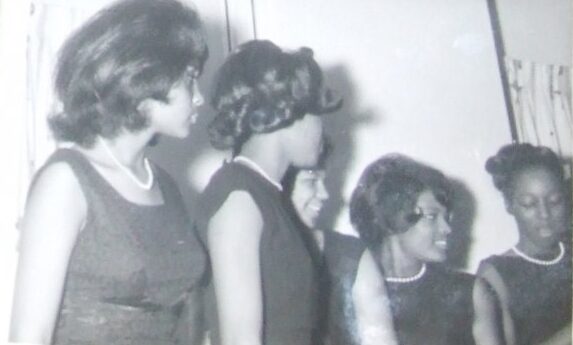
My initial intentions for this project were to create an oral history that exhibits the excellence of UT Austin’s Delta Xi Chapter and encourages young Black female students to feel a sense of belonging at UT Austin. I believe this project can go further than that; it can inspire Black female students if made readily available on a popular platform such as Instagram. Inspiring quotes and clips from Delta Xi members can be incorporated into an Instagram archive of sorts and can completely change the way we traditionally make information available from an archival standpoint. I am hoping that the next oral historian and archivist-in-training to take over this project will make these resources more easily available to the small percentage of African American students on campus and to those who may be interested in joining the Delta Xi Chapter.

Recording the oral histories of African American women has been one of the most rewarding opportunities of my life. The quote “If we don’t tell our own stories, no one else will,” by Indian-American filmmaker Mira Nair, has reverberated throughout my psyche while curating this collection. Indeed, this has been the first oral history project for and by Black women at the University of Texas, but I encourage all Black people to take a front seat in the preservation of their personal histories. One of the most impacting sentiments expressed at the Aya Symposium this past summer is the need to preserve family documents, photographs, and memorabilia. Participation in repositories and history-making through the lens of African Americans is crucial to the historical narrative of the Black community as a whole. Please check out our digital archive when it is completed in the months to come.
If you haven’t had the chance, feel free to share this post (for the sake of Black women’s history) or check out our first post here! My sincerest gratitude to Rachel Winston, Susanna Sharpe, and the Delta Xi Chapter of Alpha Kappa Alpha Inc. for making this project what it’s become and what it hopefully will be in the future.
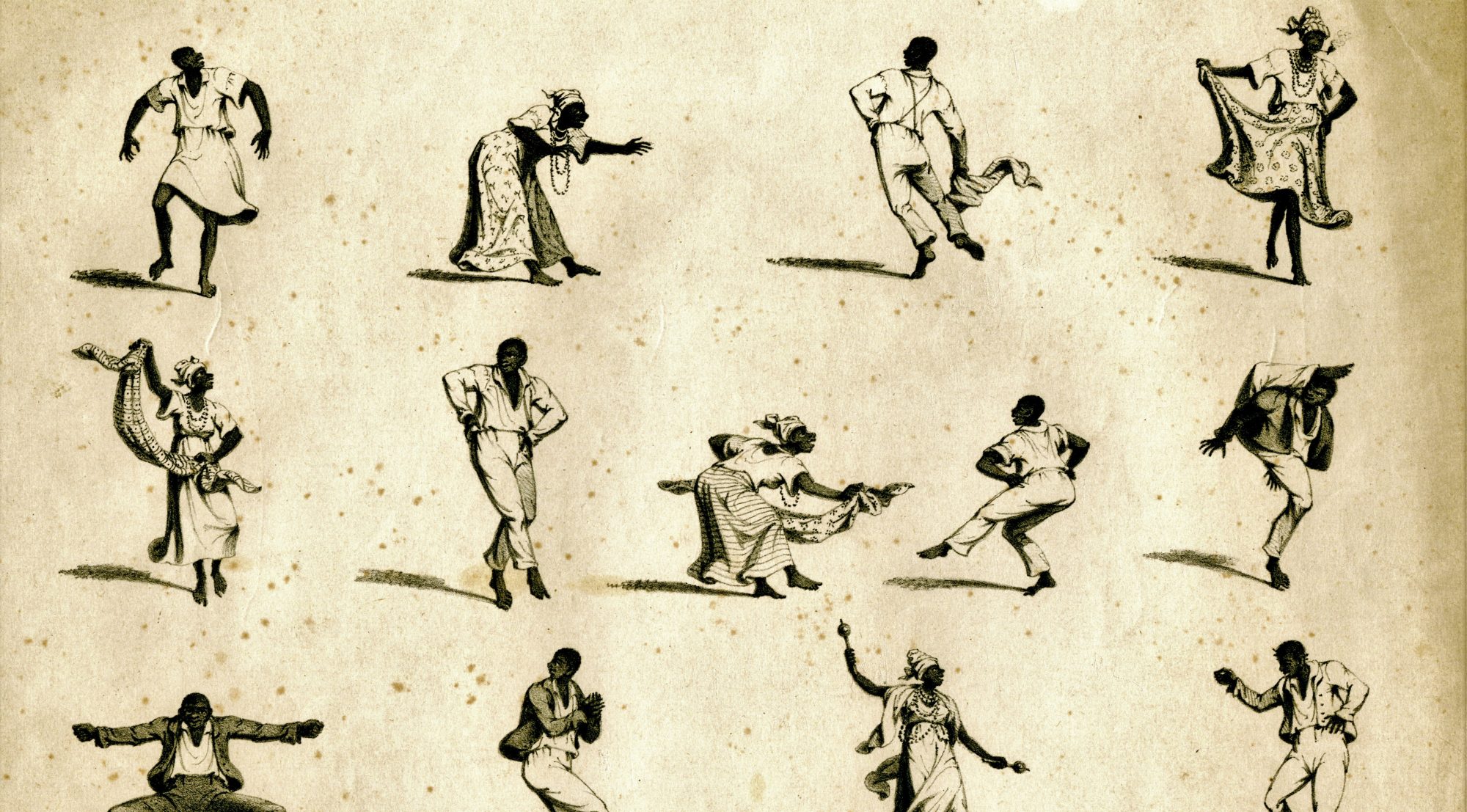
Amazing story. 💕💚
Wonderful ‘ look back and push forward’ article.